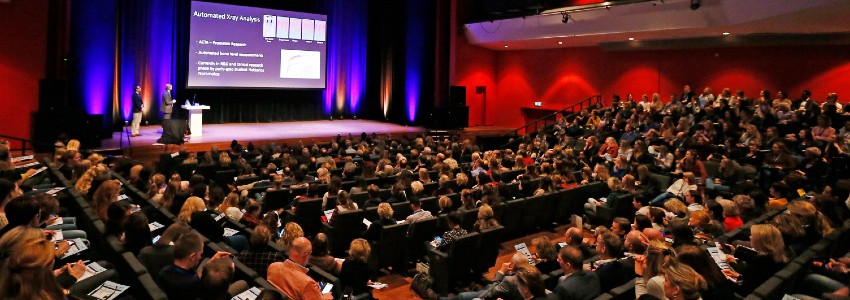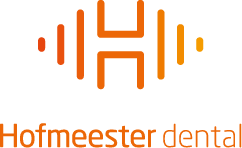Personalized periodontal medicine: supportive periodontal care with algorithm-based recall-intervals
Hoe u vervolgens de nazorg zorgvuldig afstemt op de paropatiënt met stadium IV, vertelt de Zwitserse piloot-parodontoloog Christoph Ramseier. Hij legt onder andere uit hoe regelmatig meten van de pocketdiepte ingezet kan worden in een mathe-matisch algoritme. In combinatie met de risicofac-torenanalyse kan zo’n algoritme helpen om voor de nazorg optimale tijdintervallen te berekenen. Zulke gepersonaliseerde zorg is zeer efficiënt en winstgevend voor patiënten én praktijk.
The goal of supportive periodontal therapy (SPT) is to reach and maintain clinical stability on a long term basis in each periodontal patient.
Recent clinical research studies identified an algorithm that will help oral-health professionals to determine recall intervals more efficiently for all patients who are enrolled in the recall program. Each patient may benefit from being assessed for residual PPDs at every SPT visit. Such individual quantitative data, obtained from residual periodontal probing depths (PPDs), can be utilized in mathematical formula (algorithm) which can help to determine the optimal time between consecutive recalls visits for each patient.
In addition, use of this algorithm in combination with evaluation of individual risk factors will offer periodontal patients a more personalized and more effective supportive periodontal care. This scientific approach is of particularly importance in successful long term management of sever periodontal patients of stage IV.
Chirstoph Ramseier graduated in 1995 as a dentist and in 2000 as a periodontist from the university of Bern, Switzerland, where he also defended his thesis. Since then he has had many senior positions at the Department of Periodontology at the University of Berne. He has researched many topics and his particular interests lie in Periodontal risk management, identification of oral fluid and pathogen biomarkers for periodontal diagnostics, motivational interviewing and tobacco use prevention and cessation.

















